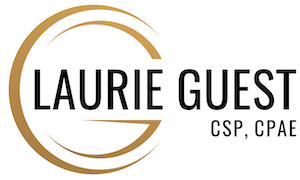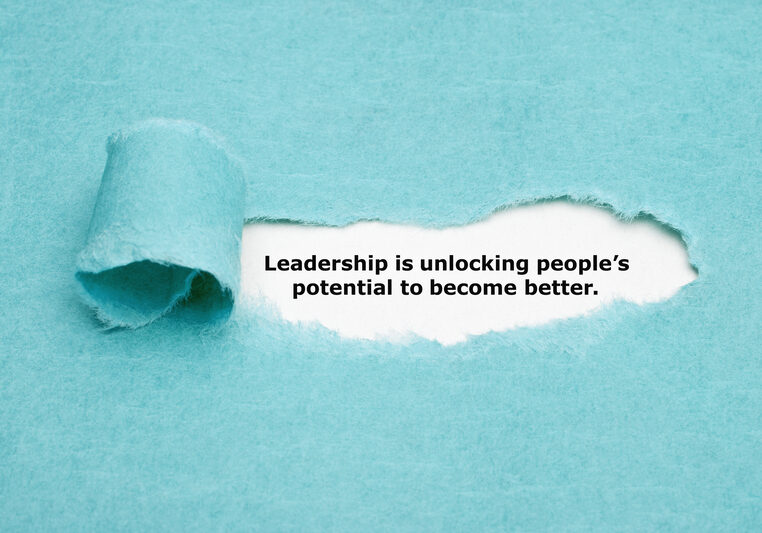Here is a key sentiment on customer service: once you have set an expectation of a good experience, do not disappoint. Before making a presentation for nurses, I asked a critical care nurse what she wanted her staff to hear during my talk. She responded, “I want you to say, ‘One of your patients will be spending his last day on earth with you. Do not disappoint him.’”
What an impactful statement. Even though it is unlikely that your customers are spending their last day on earth with you, the mentality of the statement is the basis of my focus in this article. Note that this is an excerpt of my full article; use the link below to download the full resource.
Want the full article as a PDF? Get it here.
Sign up to receive monthly recaps of all my latest articles.
What is positive positioning?
Positive positioning is using words to set up an expectation of a good experience. Although it sounds simple, a receptionist scheduling a new exam at a doctor’s office, for example, may need more advanced training to succeed at this. It does not come automatically to most.
One of my favorite examples of this is a doctor who asked me to do a secret shop phone call to his office. He wanted me to pretend to be a new patient. His hope was that the staff person answering the phone would give me an explanation of his great attributes including where he’d graduated from school and his excellent bedside manner with patients. These are things that he thought were important to a new patient.
I asked him, “How confident are you that when I call, your receptionist is going to do the spiel just the way you scripted it?”
He said, “I am extremely confident. We’ve gone over it. She knows how to do it. She’s practiced it. All is good.”
With great confidence, I called the next day. During the entire phone conversation, the receptionist did a fantastic job of taking care of my needs. As we neared the end of the phone call she hadn’t fulfilled the positive positioning that the doctor expected. Because I wanted her to score well on this test, I asked a leading question in hopes it would cause her to recite the words from her training.
I said, “You know, before I let you go, I’m kind of new to the area. Is there something you could tell me about your doctor?” Now, what more could I have done for her? I teed it up perfectly.
After a long pause, she said, and I quote, “Well, he’s six foot, blonde and gorgeous. What more do you need to know?”
I’ve always loved this story because—although you could certainly call that positive positioning—it’s not exactly what the doctor was looking for in setting the image of his practice!
How do you communicate positive positioning?
“Don’t disappoint.” The words of that critical care nurse have stuck with me. Think about it. What can I do to make sure that I don’t disappoint you? The concept of “don’t disappoint” is something that I even implement at the end of my emails.
When a client considers me, my last line says, “I look forward to delivering this program to your audience. You won’t be disappointed.” You’d be amazed how many times after I’m done with my work, the client will say some version of: “You were right. I wasn’t disappointed.”
Setting the bar of expectation and delivering as promised is what positive positioning is all about.
What does positive positioning look like for you?
To set an expectation of a good experience and thus create the image you desire, have your team first generate a list of specific things customers often compliment about your organization, your people, your product and service. (If you can’t come up with a list, then you’ve uncovered a bigger issue.) Work as a team to develop sentences that work for your current situation. For example, “He’s a great doctor” could be evolved to “Our patients often tell us Dr. Jones is very easy to talk to.”
The phrases need to be truthful and accurate. Once you fine-tune the language, even simple words can make a difference. Words like definitely, absolutely, certainly, and fantastic are great examples of starter words. I recommend reading Words at Sell by Richard Bayan. A new, updated version is available and is packed with words and phrases that help people connect and allow you to position your business in the best way possible.
Upgrade your words, message, and image.
Then, see what a difference positive positioning makes to a guest encounter that does not disappoint.
Want the full article as a PDF? Get it here.
Sign up to receive monthly recaps of all my latest articles.







